If you discount the anomalous Indianapolis 500 winners of 1950-1960, which for the sake of this article we are, there have been 100 race winners since the inception of the Formula 1 world championship.
For most of those 100, that first win was a springboard to more wins and championships, but for a quarter of them, that would be as good as it got, in F1 terms at least.
While it’s impossible to know if Pierre Gasly and Sergio Perez will add to their unexpected wins of this year, for the moment they are among the 25 one-time F1 winners – a group we’ve challenged ourselves to rank.
Those on this list had their share of luck – good and bad – but it’s only their performances in F1 world championship races that count towards their overall position.
Please let us know what your ranking would be in the comments below.
25. Giancarlo Baghetti
Win: 1961 French Grand Prix
Team: Ferrari
Baghetti’s purple patch at the start of 1961 was a real-life fairytale. Having been picked to represent the Italian federation in a loaned Ferrari, he reeled off wins in the non-championship Syracuse and Napoli grands prix before making his world championship debut at the French GP in Reims.
When the factory Ferraris hit trouble, Baghetti was there to pick up the pieces and in the process became the first, and so far only, driver to win on his F1 grand prix debut.
This led to promotion to Ferrari’s works programme for a part-season in 1962, but the car wasn’t competitive and he struggled to match his team-mates’ pace. A move to the new A.T.S team was a disaster, while a season in an outdated privateer BRM brought his career as a full-time F1 driver to an end.
24. Piero Taruffi
Win: 1952 Swiss Grand Prix
Team: Ferrari
Taruffi was a mainstay of 1950s motorsport, whose only win came in the 1952 Swiss Grand Prix. With Alfa Romeo having pulled out, and Ferrari’s star drivers Alberto Ascari and Luigi Villoresi otherwise engaged at the Indy 500, the race was a cakewalk for the Scuderia. Inaugural world champ Nino Farina took pole and led away, but when his car broke Taruffi picked up the lead and a straightforward win.
He took two more podiums that year for a career-best third in the championship. He was more of a force in sportscars, and was the winner of the final, tragic, 1957 Mille Miglia.
23. Peter Gethin
Win: 1971 Italian Grand Prix
Team: BRM
Aside from his moment in the sun in the thrilling 1971 Italian Grand Prix, Gethin never appeared to be more than a competent midfielder. He was very much the junior to Denny Hulme over two seasons at McLaren during a difficult time for the team.
Following a switch to BRM he was normally a bit player in its revolving cast of drivers but made the most of his opportunity with a daring late move in a classic pre-chicane Monza slipstreamer. His post-F1 success in F5000 down under was more indicative of his level.
22. Luigi Fagioli
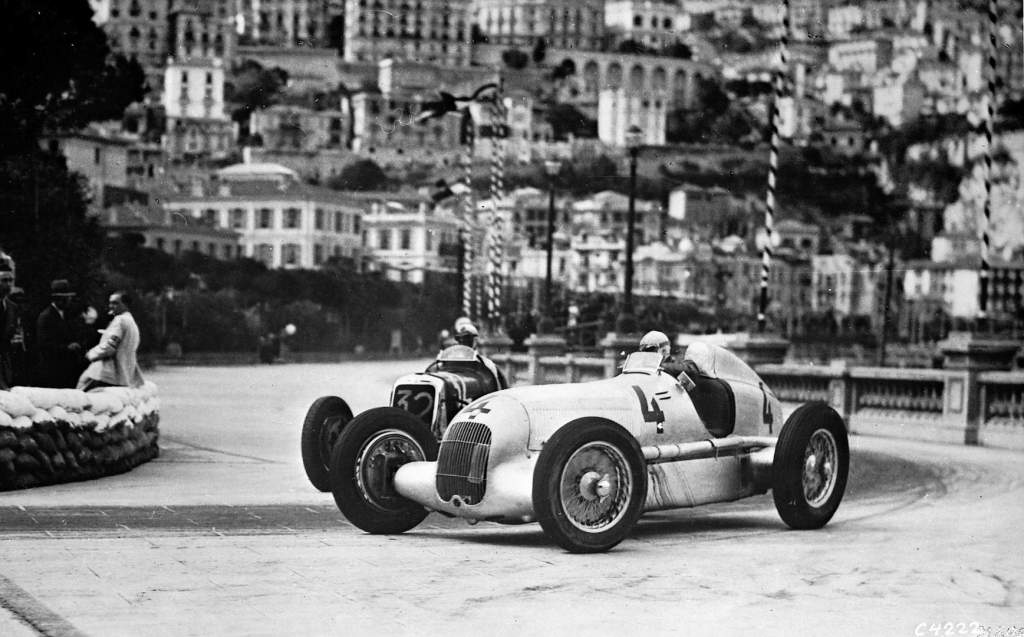
Win: 1951 French Grand Prix
Team: Alfa Romeo
“The Abruzzi robber” probably ought not to appear on this list as he won numerous grands prix events during a career that started in the 1920s (with his 1935 Monaco GP triumph pictured above).
He was already in his 50s when Alfa Romeo called on him to be a part of its line-up for the newly inaugurated world championship in 1950. His win was a shared one, and came in his only F1 race with Alfa in 1951 after the team demanded that he hand over his healthy car to Juan Manuel Fangio, whose own car had a misfire.
While this may have led to Fagioli sharing the win, it wasn’t a decision that he was prepared to tolerate and he quit the team following a heated post-race exchange. He remains the oldest driver – at 53 – to ever win a world championship F1 race, in fact he is the only driver born in the 19th century to claim a victory.
21. Richie Ginther
Win: 1965 Mexican Grand Prix
Team: Honda
Up against Phil Hill and Wolfgang von Trips at Ferrari in 1961, Ginther was usually third best – but not by much considering it was his first full season in F1. A move to BRM paired him with Graham Hill, who had his number over three seasons: as Hill won the 1962 title and a bunch of races, Ginther picked up only a handful of podiums.
As part of an all-American line-up at Honda, he had the edge on Ronnie Bucknum and it was fitting that it was Ginther who claimed the marque’s first world championship win in the attritional 1965 Mexican GP.
Honda wasn’t ready for the new 3-litre formula that followed, and this rather took the wind out of his sails. Following a nasty crash in practice for the 1967 Indy 500 he decided to call it quits on the spot.
20. Jo Bonnier
Win: 1959 Dutch Grand Prix
Team: BRM
Having delivered BRM’s first win at the 1959 Dutch Grand Prix, it seemed implausible that despite a lengthy career, Bonnier would never stand on top of an F1 world championship podium again. He was an instrumental figure in the first drive to improve track safety and was an influential president of the Grand Prix Drivers’ Association.
Up against Dan Gurney at Porsche in 1961/62 Bonnier struggled and when it withdrew he became a journeyman, flitting between privateer entries and eventually running his own team. He was still a competitive sportscar racer and was on the verge of hanging up his helmet when he was killed in a huge accident in the 1972 Le Mans 24 Hours.
19. Luigi Musso
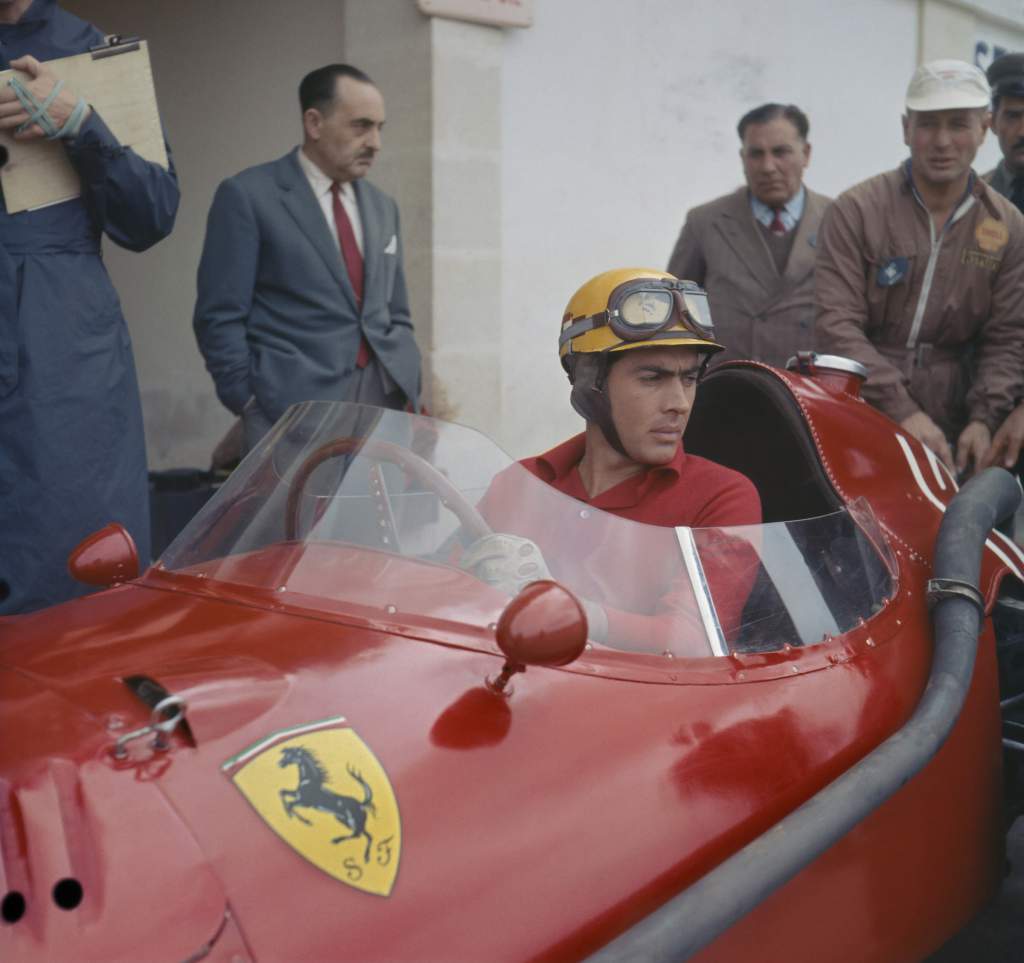
Win: 1956 Argentinian Grand Prix
Team: Ferrari
As well as the shared win with Fangio in the 1956 Argentine Grand Prix, Musso was a multiple winner of non-championship F1 races and high-profile sportscar meetings. He held his own against Mike Hawthorn and Peter Collins, but was prone to overdriving, and often crashing as a result.
He was Italy’s best hope post-Ascari before he too was killed in 1958 during a terrible period for Ferrari and Italian motorsport.
18. Vittorio Brambilla
Win: 1975 Austrian Grand Prix
Team: March
The Monza Gorilla sobriquet casts Brambilla in a slightly unfair light, but a single F1 win is probably about par for his level at a time when F1 was a more meritocratic place than it is now.
Beta Tools sponsorship bought him a drive at March, where in his second season he was a regular top 10 qualifier – taking pole in Sweden and his famous win in Austria – and was easily faster than his litany of team-mates. It was the same story in 1976, only poor reliability meant results were thin on the ground.
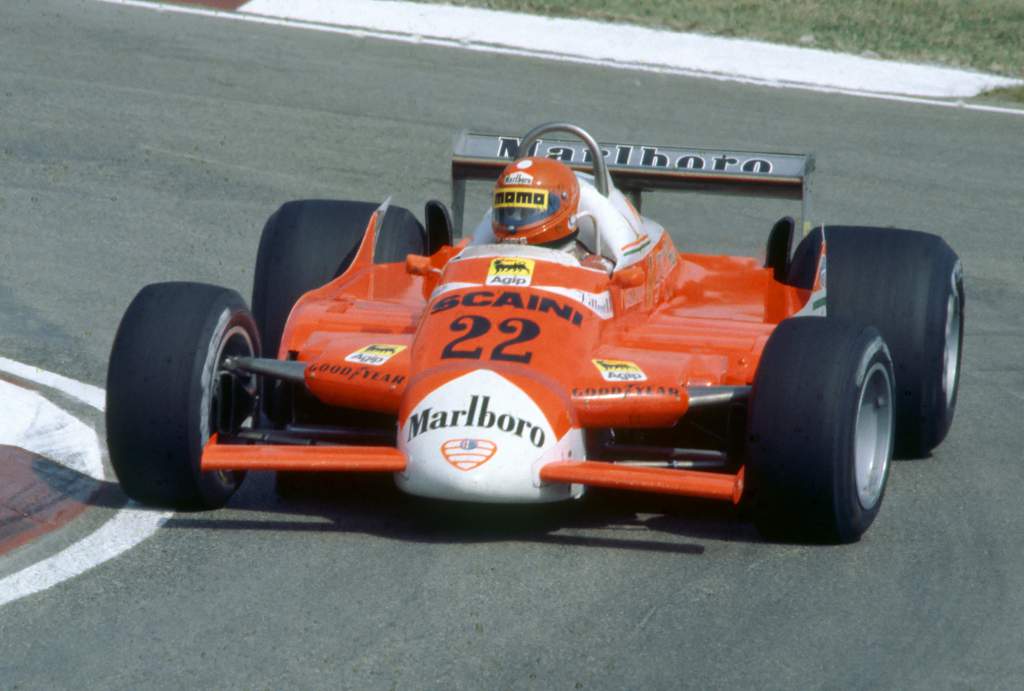
Things went downhill following a move to Surtees for 1977, and he suffered a serious head injury in the startline crash in the 1978 Italian Grand Prix. He returned a year later as part of Alfa Romeo’s new project (pictured above), but by now his best years were behind him.
17. Ludovico Scarfiotti
Win: 1966 Italian Grand Prix
Team: Ferrari
A hillclimbing and sportscar ace, Scarfiotti only competed in a handful of grands prix, winning the 1966 Italian GP for Ferrari. Remarkably, he remains the last Italian to win his home race.
As he never competed in more than three world championship outings in a single season, getting a true handle on his abilities is tricky. He scored a point on his debut but was lapped by Ferrari team-mate Surtees. More than a year passed before his next outing, where he was ninth in a race where the other two Ferraris were on the podium. Almost two more years had passed before he returned, outqualifying Mike Parkes and Lorenzo Bandini around the Nurburgring and outracing Parkes to win at Monza.
He was third best in his final two Ferrari outings the following season, and was understandably off Dan Gurney’s pace in a one-off race for Eagle. In three races for Cooper in ’68 he held his own against Jo Siffert, Brian Redman and Lucien Bianchi before perishing in a hillclimb event.
16. Innes Ireland
Win: 1961 United States Grand Prix
Team: Lotus
Ireland had burst onto the scene, taking fourth on his debut in the 1959 Dutch GP, and claiming a front row starting spot for the opening round of 1960 – the first appearance of Lotus’s rear-engined 18. Non-championship success followed in the Solitude Grand Prix.
However, the arrival of Jim Clark as his team-mate had redefined Colin Chapman’s expectations of his drivers, and despite Ireland taking the team’s first world championship win with a fine drive in the 1961 USGP, his time at the team was up. Without access to competitive equipment, he was never a frontrunner again, and by 1966 his career as a top-line driver was over.
15. Pastor Maldonado
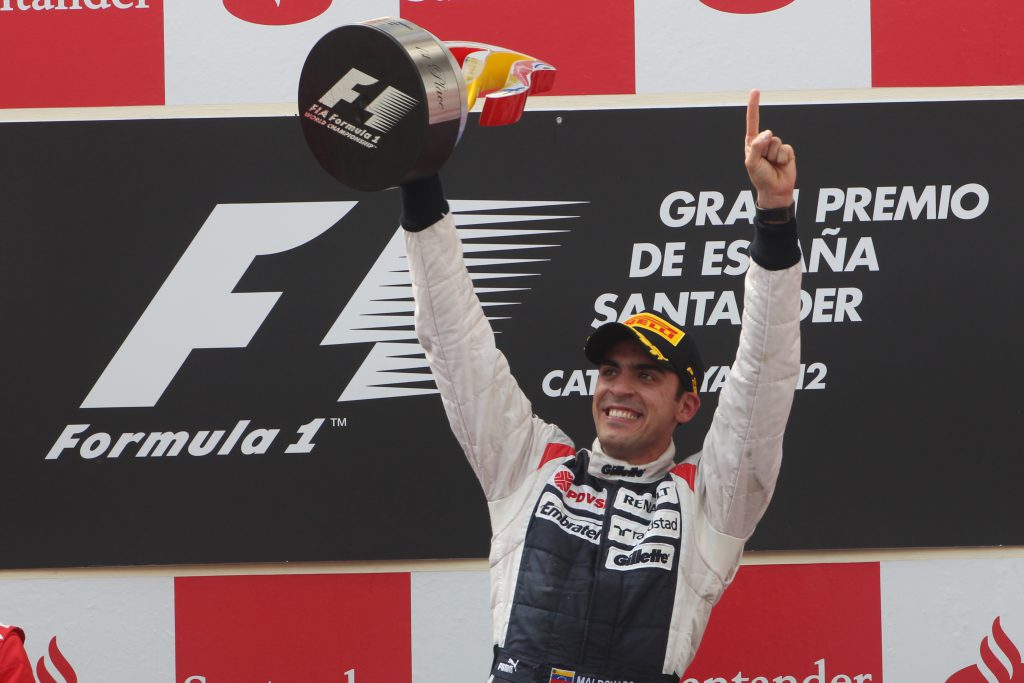
Win: 2012 Spanish Grand Prix
Team: Williams
From his junior career it was clear that Maldonado was fast and error-prone in almost equal measure, so it shouldn’t have come as that much of a surprise that on a day when his Williams had the best car and tyre combination he delivered a faultless drive to secure the team’s last win to date.
It was equally unsurprising that he followed this up by self-sabotaging his chances at the next race in Monaco when he could have been well placed to add a second win and take himself off this list. Frustrating to say the least.
14. Jean-Pierre Beltoise
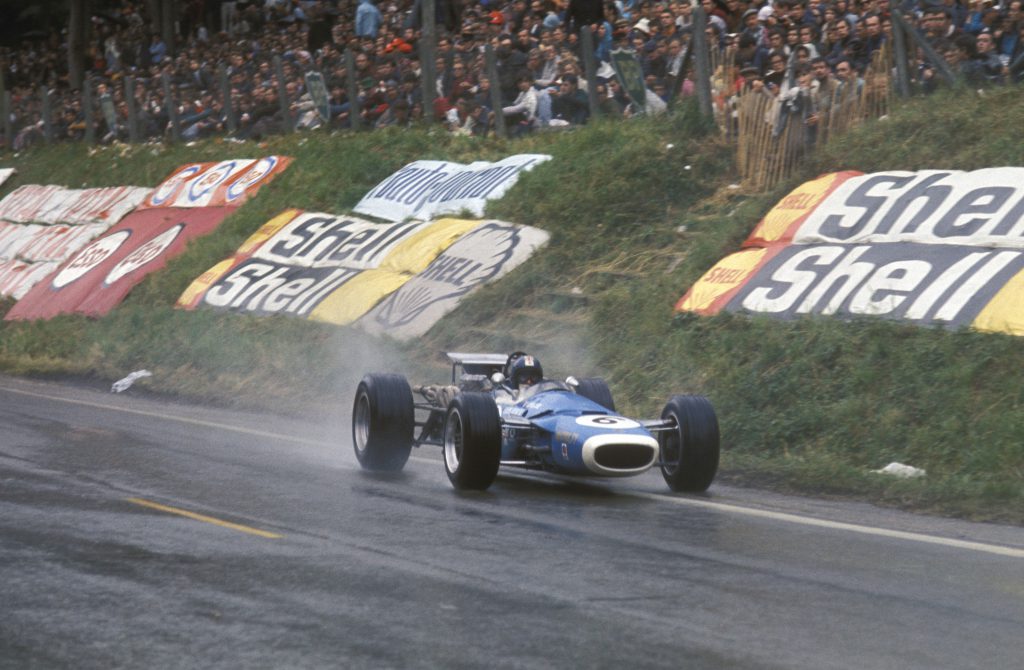
Win: 1972 Monaco Grand Prix
Team: BRM
An accomplished motorcycle racer, Beltoise spent most of his car racing driving with limited use of his left arm, a consequence of a huge crash in the 1965 Reims 12 Hour sportscar race.
F3 and F2 success with Matra – for which he was also an employee – earned him a place alongside Jackie Stewart at Tyrrell in 1969. He bagged a couple of second places but was never on the champion’s pace.
Paired with Henri Pescarolo at Matra in 1970 he was comfortably the quicker, so was miffed when Chris Amon was brought in to lead the team in 1971.
While it was close, Amon was usually ahead, and Beltoise’s role in Ignazio Giunti’s fatal crash – and subsequent suspension – meant he was off to BRM for 1972.
In terrible conditions he drove a perfect race to win the Monaco GP and was regularly the team’s lead driver despite its ever-changing line-up over the next three seasons before hanging up his helmet at the end of 1974.
13. Alessandro Nannini
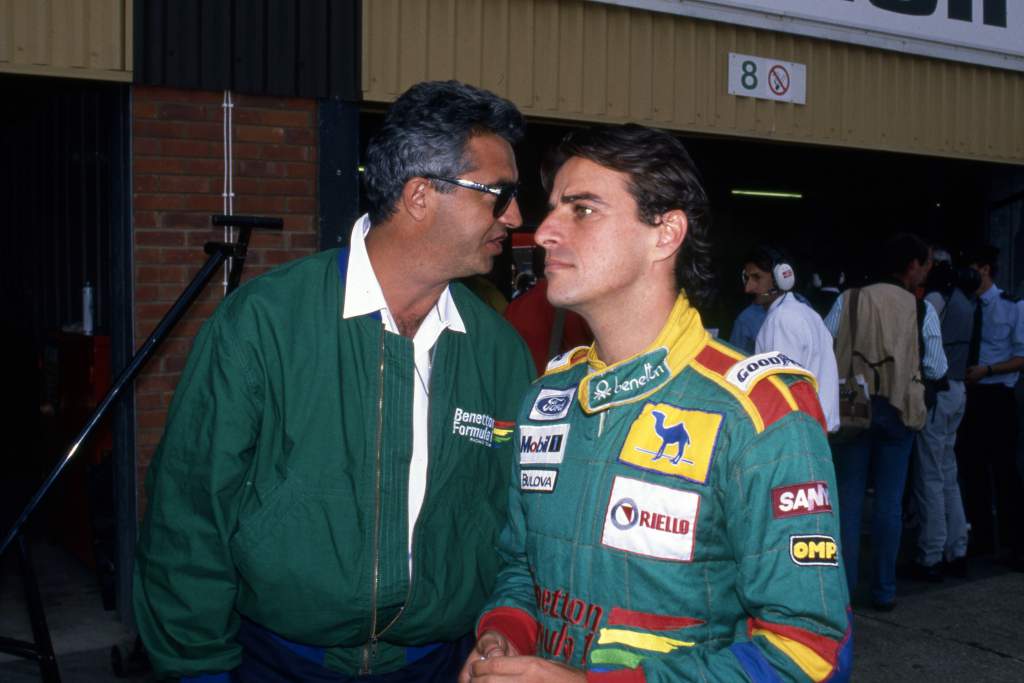
Some stellar drives in the unreliable and uncompetitive Minardi earned Nannini a switch to Benetton for 1988. He was often quicker but less consistent than team-mate Thierry Boutsen during two seasons together, but Nannini was in the right place at the right time to take victory in the 1989 Japanese GP when Ayrton Senna was controversially disqualified.
His performances alongside Nelson Piquet in 1990 had caught the eye of Ferrari, but he sustained career-ending injuries in a helicopter accident. Showed his class as he battled back to be a leading DTM and GT driver.
12. Gunnar Nilsson
Win: 1977 Belgian Grand Prix
Team: Lotus
Nilsson’s career was tragically brief. He arrived at Lotus as British F3 champion when it was struggling with the tricky 77, but lucked into a podium in only his third outing. With team-mate Mario Andretti running a dual campaign in the States, Nilsson often led the team in 1976 and it came together in Austria where he qualified fourth and finished third.
The introduction of the 78 in 1977 took Lotus back to the sharp end. Nilsson was usually a fair way off Andretti, but he took a great win in tricky conditions in Belgium.
He had signed for the new Arrows outfit for the following season, although he had been feeling unwell for some time. He was subsequently diagnosed with testicular cancer, which claimed his life in late 1978.
11. Lorenzo Bandini
Win: 1964 Austrian Grand Prix
Team: Ferrari
Bandini was very much second best to John Surtees at Ferrari, but took his chance when it came his way to win the 1964 Austrian GP. With ‘Big John’ out of the way, he stepped up, bagging pole in his first race as team leader and was leading at Watkins Glen when his engine gave in.
Had comfortably outpaced new team-mate Chris Amon to start on the front row for the 1967 Monaco GP, but perished in a fiery crash. Had been a key part of Ferrari’s sportscar effort, winning at Le Mans, Daytona and the Targa Florio among others.
10. Jochen Mass
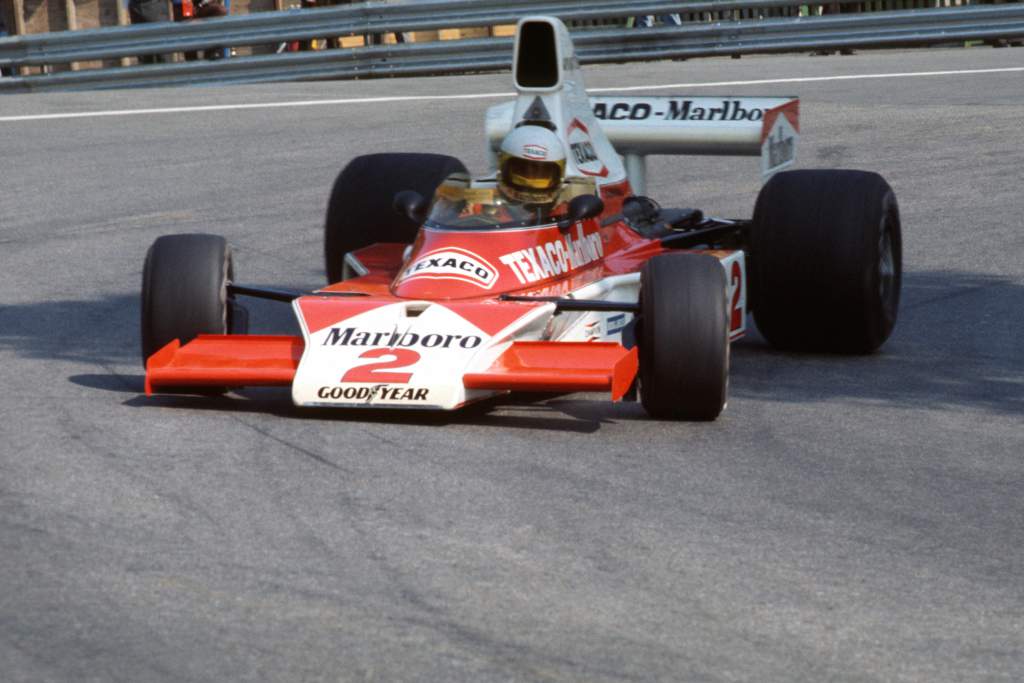
Win: 1975 Spanish Grand Prix
Team: McLaren
An ace in a sportscar, during Mass’s long F1 career he had one stint in a truly top car, and that was as Emerson Fittipaldi and James Hunt’s team-mate at McLaren. He’d done a good job to outqualify Carlos Pace on his debut for Surtees in the 1973 British GP, although he was one of the many cars taken out on the opening lap. A full-time drive followed in 74, but he’d fallen out with the boss before the end of the season as so many had before.
At McLaren he never really got close to either of his championship-winning team-mates (although he did beat Emmo fair and square in the French GP), but took his chance when he came in the tragic 1975 Spanish GP.
There were seven other podiums during that period, but the subsequent moves to ATS, Arrows and the revived March brought only a handful of points and ended with a big crash at Paul Ricard.
9. Pierre Gasly
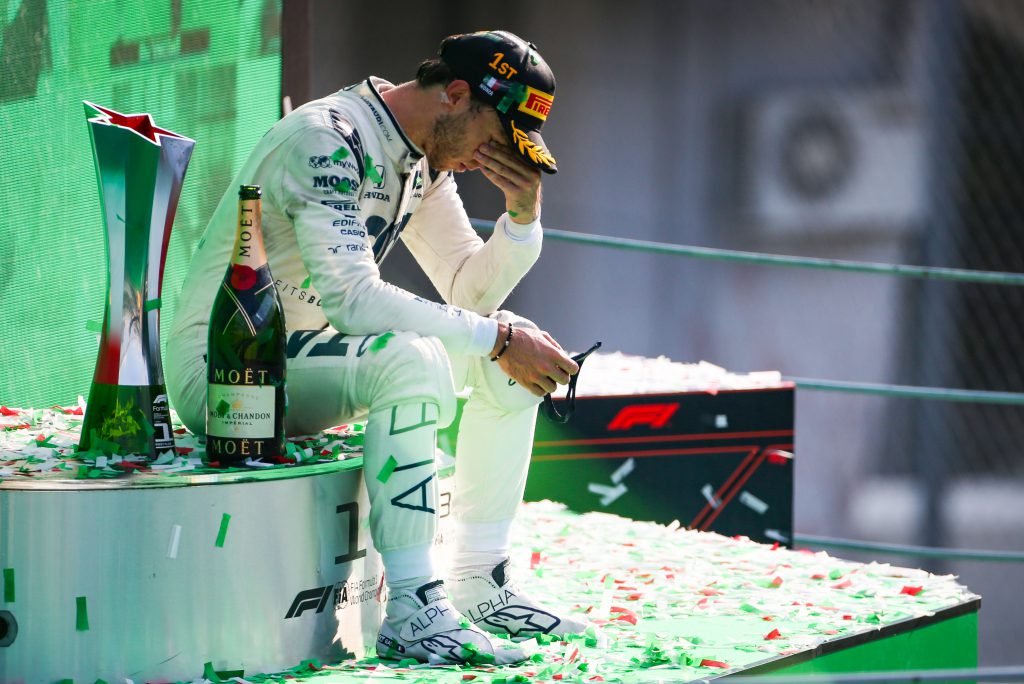
Win: 2020 Italian Grand Prix
Team: AlphaTauri
Gasly’s performances as part of Red Bull’s driver programme had earmarked him for an F1 graduation and his dismantling of Brendon Hartley during an impressive rookie season for Toro Rosso meant the decision to move him to the main team was an obvious one.
Was it too much too soon? Probably. Whatever, Gasly never gelled at Red Bull and barely saw which way Max Verstappen went.
A return/demotion to Toro Rosso/AlphaTauri was in fact a blessing.
Gasly was one of the stars of the 2020 season, and while his Italian GP win at Monza was a shock, the fact he held his nerve and took full advantage of the situation was not.
8. Olivier Panis
Win: 1996 Monaco Grand Prix
Team: Ligier
Panis had been a solid mainstay at Ligier for two seasons when he grabbed opportunity with both hands in the 1996 Monaco GP – one of F1’s great underdog wins.
He had a great start to 1997, bagging two podiums in the Bridgestone-shod Prost, when a leg-breaking accident derailed his season. He returned for the end of the season but the team was starting to lose its way.
After spending a couple of years off as a McLaren test driver, Panis returned with BAR in 2001.Over two seasons alongside Jacques Villeneuve the pair were prettily evenly matched, while he had the better of rookie Cristiano da Matta following the switch to Toyota in 2003. However, the arrival of Jarno Trulli late in 2004 saw Panis comprehensively outqualifed and outraced and his time as an F1 racer was over.
7. Heikki Kovalainen
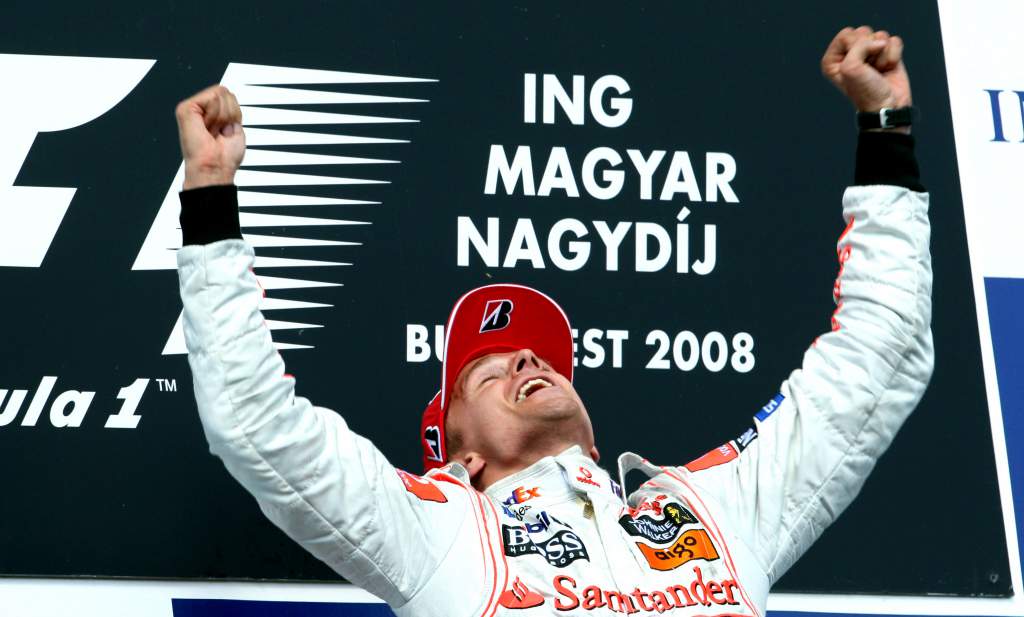
Win: 2008 Hungarian Grand Prix
Team: McLaren
An impressive debut season with Renault, by the end of which he was regularly outpacing team-mate Giancarlo Fisichella and had taken his first podium finish, made Kovalainen a sensible choice for McLaren to place next to Lewis Hamilton in 2008. And there were times during that first season when Kovalainen lived up to that billing, the win in Hungary – albeit inherited from Felipe Massa’s late-failing Ferrari – being the most memorable.
The 2009 McLaren was a tricky beast, but while Hamilton dragged a couple of wins from it, Kovalainen never finished better than fourth. A move to Lotus/Caterham/Whatever condemned him to three seasons racing at the tail-end, and while he and team-mate Trulli were pretty evenly matched, neither were in any danger of threatening the sharp end.
6. Sergio Perez
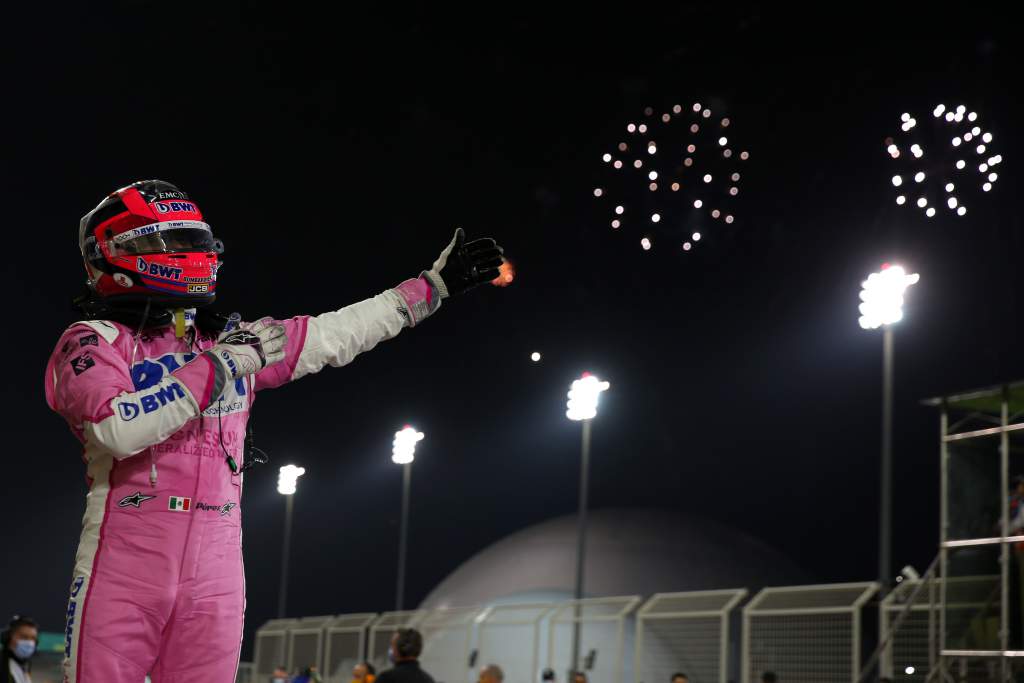
Win: 2020 Sakhir Grand Prix
Team: Racing Point
The only British F3 Class B champion on this list took longer than any driver in F1 history to register his maiden win.
For the previous 189 races, Perez had been doing a generally solid job. His tyre whispering drives at Sauber netted him three podiums and a 2013 seat at McLaren. It was a case of wrong place, wrong time and after just a single season during which he was often a thorn in Jenson Button’s side, he returned to the midfield and what eventually became Racing Point.
The ‘pink Mercedes’ has given him an Indian Summer season and that win in Bahrain is no less than his talents deserve. The subsequent Red Bull move will surely give him chance to add more victories.
5. Jean Alesi
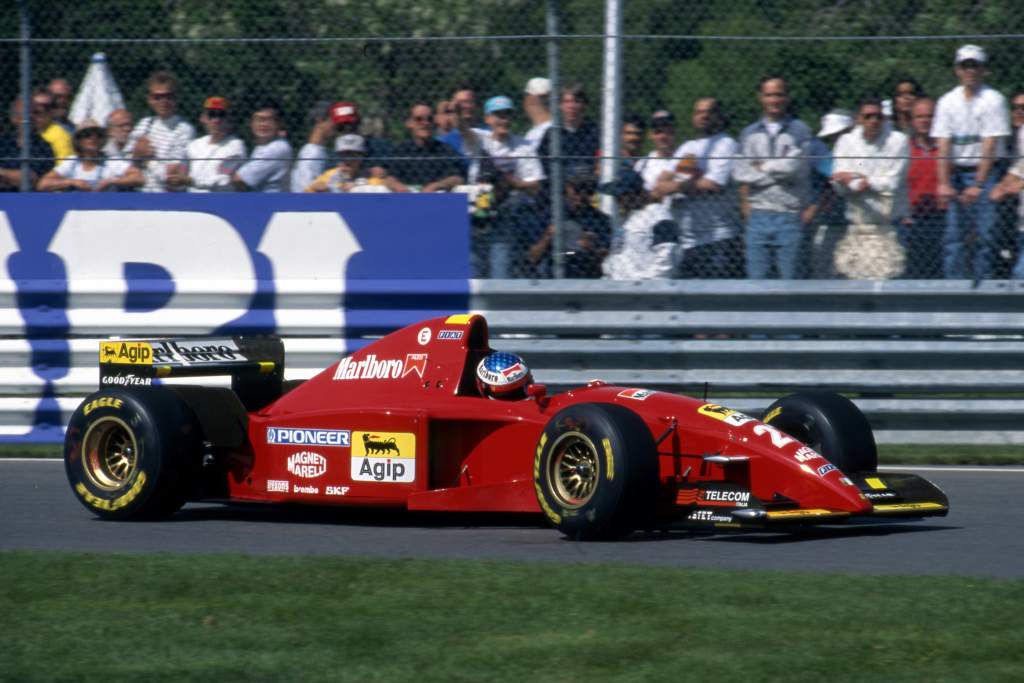
Win: 1995 Canadian Grand Prix
Team: Ferrari
A sensational debut with Tyrrell and his repassing of Ayrton Senna in the 1990 US GP made Alesi one of the hottest properties in F1 for a while.
He famously picked Ferrari over Williams for 1991, and had to endure a series of uncompetitive cars he rang the neck of.
He was denied victory on a couple of occasion in 1994 and ‘95, but his luck was finally in at the Canadian GP in the latter year.
A move to Benetton was underwhelming and Alesi ended up as a popular journeyman who was always capable of springing a surprise result when the mood took him.
4. Jarno Trulli
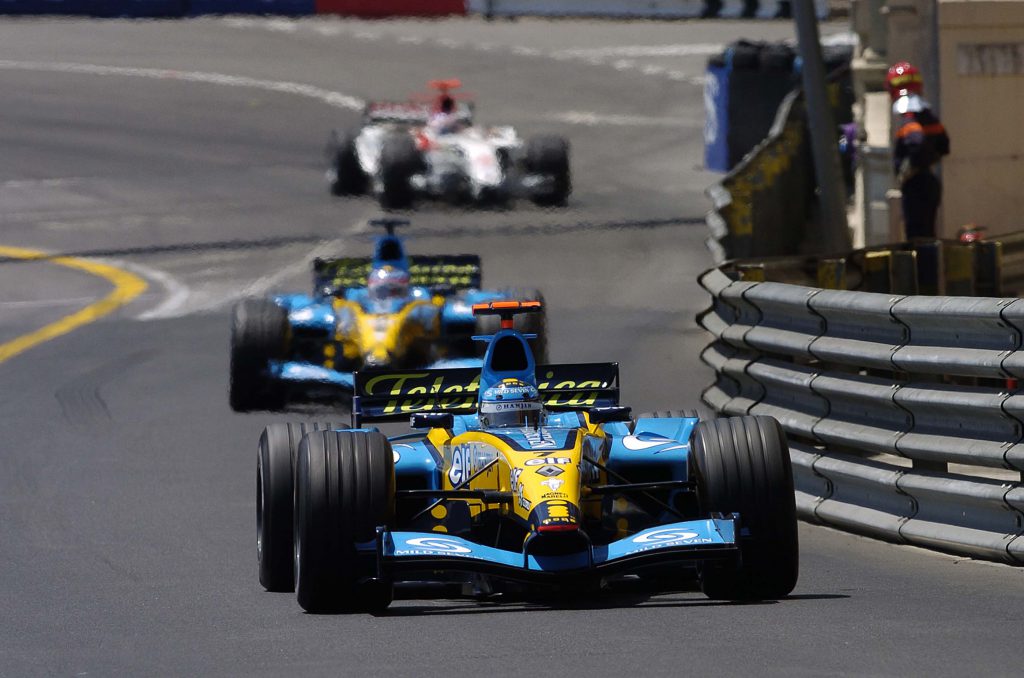
Win: 2004 Monaco Grand Prix
Team: Renault
A driver so good at qualifying he had a phenomenon named after him. The Trulli Train might have been meant in the pejorative sense, but actually it paid tribute to Trulli’s ability to get a level of competitiveness from a car in qualifying that it couldn’t sustain in the race.
He was hot property when he arrived in F1 as German F3 champion, and his performance in the 1997 Austrian GP, which he led after getting the call to replace the injured Olivier Panis at Prost, cemented this.
Hamilton aside he caused Fernando Alonso more problems than any other team-mate, and he took his only true chance of a race win when it presented itself in Monaco 2004.
3. Carlos Pace
Win: 1975 Brazilian Grand Prix
Team: Brabham
Had his career played until its natural conclusion, the chances are that Pace wouldn’t have made this list. He was the fastest of Frank Williams’s drivers during his debut season and was a match for Mike Hailwood at Surtees in 1973.
The switch to Bernie Eccelstone’s Brabham team midway through ’74 was Pace’s big break. It took him a while to get on the pace of Carlos Reutemann in the sister car, but the season ended with them taking a 1-2 at Watkins Glen.
His maiden win soon followed in the following year’s Brazilian GP, and over the next two seasons he and Reutemann were evenly matched, although Alfa’s heavy flat-12 engine meant he was unable to repeat that win. The revised BT45B offered fresh hope, and Pace stuck it on the front row in his final race before he perished in a plane crash.
2. Francois Cevert
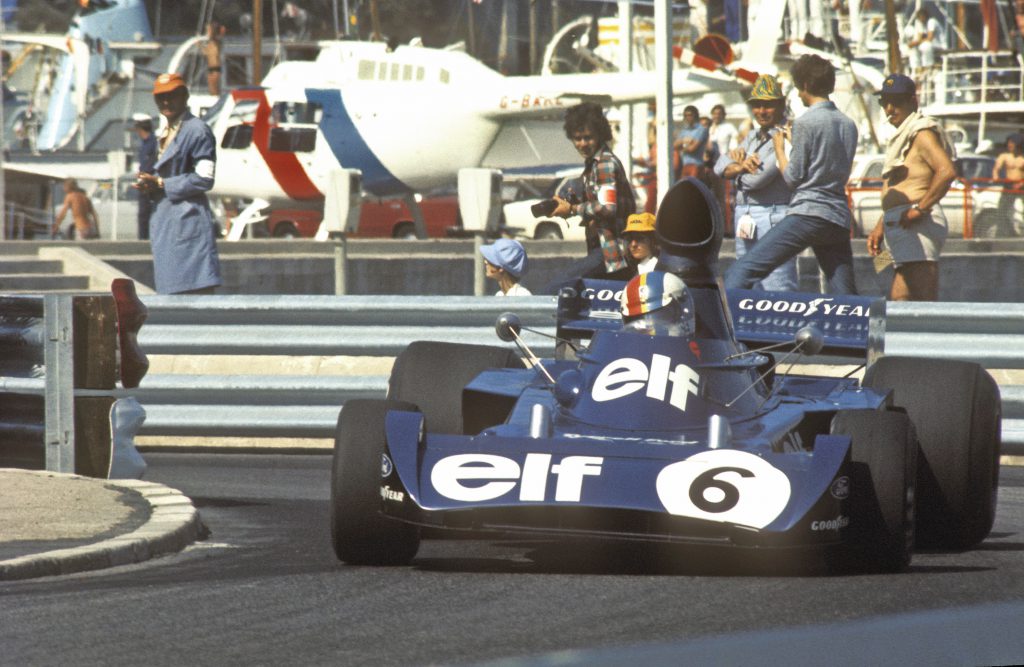
Win: 1971 United States Grand Prix
Team: Tyrrell
Nurtured as the successor to Jackie Stewart at Tyrrell, the assumption was that Cevert would go on to lead the team after his mentor retired. Tragically, this would not be the case, but if Cevert hadn’t been killed at Watkins Glen in 1973 did he have what was required to be F1 world champion?
It certainly took Cevert a long time to get on Stewart’s pace. When he was drafted into Tyrrell team for 1970 when Johnny Servoz-Gavin abruptly retired, he was faced with the unenviable task of going up against the reigning champion as a rookie and was usually a long way behind.
The same was generally true in 1971, although he drove beautifully to win the US GP. The gap had barely moved in ’72, but things were much closer in ’73.
Cevert outqualified Stewart three times in the first six races and racked up the second place finishes behind his great friend. According to contemporary reports from Stewart he believed Cevert had the pace to beat him at the Nurburgring, and Cevert was already quicker than Stewart at Watkins Glen when he crashed trying to improve his time with tragic consequences.
1. Robert Kubica
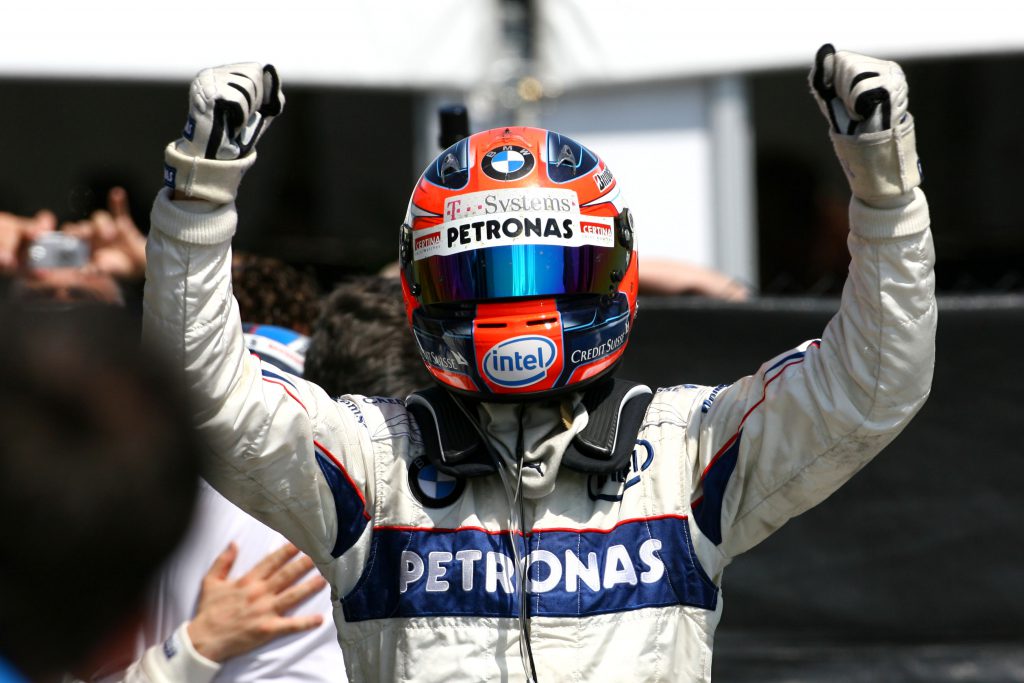
Win: 2008 Canadian Grand Prix
Team: BMW Sauber
A stunning maiden F1 test for Renault gave a glimpse of the talent Robert Kubica had, but was never able to properly show. His sole F1 win came in Montreal a year after he’d suffered an enormous accident there.
BMW’s decision not to push on when Kubica was an outside contender for the 2008 title looked especially short-sighted when it produced a poor 2009 car and its subsequent withdrawal prompted a move to Renault where he often worked wonders – qualifying on the front row in Monaco and third in Japan.
Ferrari had come calling, and who knows what he could have achieved there had he not almost lost his arm in a terrible rallying crash. That he was able to return to F1 at all was a miracle, and his 2019 team-mate George Russell’s performance for Mercedes in Bahrain this year perhaps means Kubica’s stint at Williams is worth revisiting. The superstar F1 never had.




